The conference was held both in person and online, with the theme "Discussion on the Project to establish an international trade center and develop raw materials and accessories for the fashion industry".
Textiles and footwear are two priority industries of Vietnam.
The Vietnam Industrial Development Strategy to 2025, with a vision to 2035, issued under Decision No. 879/QD-TTg dated June 9, 2014, identified textiles and footwear as two of the seven priority industries of Vietnam.
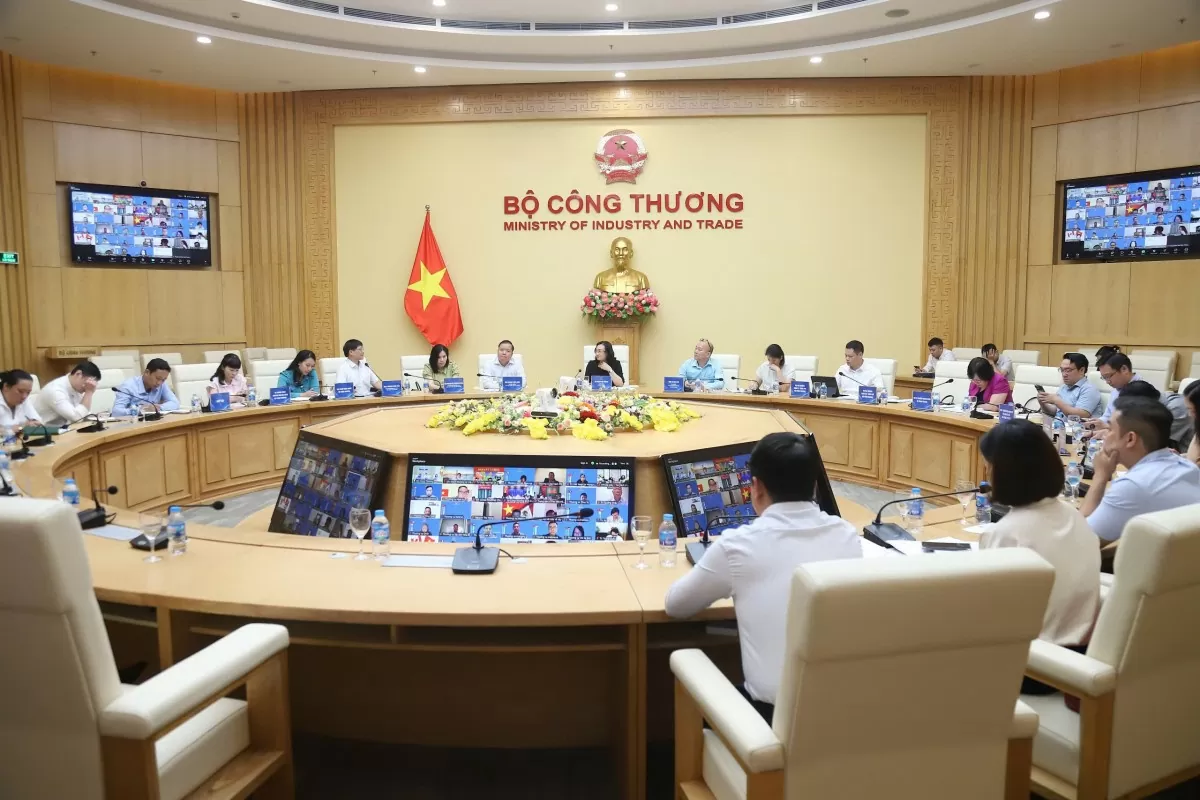 |
| Trade promotion conference with the Vietnamese Trade Office system abroad in August 2024. Photo: Vu Hoa |
However, to continue developing the industry in the coming period, there needs to be breakthrough solutions to upgrade the industry value chain to create more long-term and sustainable benefits. To do that, there is no other way but to promote the development of the raw material supply market towards scale, standardization and transparency, only then can businesses in the industry, especially small and medium enterprises, innovate and improve dynamism and efficiency, and have the opportunity to participate more strongly in the industry's supply chain.
Reporting at the conference, Mr. Pham Tuan Anh, Deputy Director of the Department of Industry, Ministry of Industry and Trade said: " Textiles and footwear are two key export industries of Vietnam with export turnover always growing over the years, an average increase of over 10%/year.
In the first 6 months of 2024, despite being greatly affected by the global economic downturn, the total export turnover of the two industries still reached nearly 30 billion USD, accounting for nearly 16% of Vietnam's total export turnover and creating nearly 5 million jobs, accounting for 22% of Vietnam's industrial labor force .
Although the export turnover of the textile and footwear industry accounts for a high proportion of the total import-export turnover of the country, the contribution of domestic enterprises is still limited. In fact, the textile and footwear industry in Vietnam is still focused on processing, with low added value creation capacity. Raw materials and accessories are mainly imported from foreign markets such as China, Korea and other ASEAN countries.
The heavy dependence on imported raw materials may affect the overall development of the industry in the coming time, when many countries aiming for zero net emissions by 2050 are setting strict regulations on supply control. This requires products to meet a high rate of domestic origin.
The application of rules of origin in free trade agreements (such as EVFTA) to help textiles, garments and footwear products take advantage of import tax exemptions in the Vietnamese market is having a major impact on domestic enterprises and FDI enterprises producing for export in Vietnam. Therefore, the development of raw material sources for the textile and garment and footwear industries is very necessary.
The need to build a raw material center
Expressing his opinion on the necessity of building a fashion material center, Mr. Truong Van Cam, Vice President and General Secretary of the Vietnam Textile and Apparel Association, said: “ The establishment of a fashion material center is not a big deal, but its success or failure depends largely on the support of the state. Therefore, we believe that the mechanism is especially important .”
Mr. Cam also proposed that it is necessary to promote the development of the raw material supply market towards scale, standardization and transparency, only then can businesses in the industry, especially small and medium enterprises, innovate and improve dynamism and efficiency, and have the opportunity to participate more strongly in the industry's supply chain.
There are currently many raw material markets operating, however, they are small-scale and ineffective. In the long term, Vietnam needs a trading center and a development center for the supply of raw materials and accessories because when the domestic textile and footwear market and industry develop, there will need to be a place to concentrate samples, distribute raw materials and accessories, invest, transfer technology and conduct transactions between domestic and foreign enterprises.
Discussing this issue further, Mr. Pham Tuan Anh emphasized: “Recently, the Department of Industry has worked with the two associations and provided comments on the completion of the details of the Project to establish the Center, such as agreeing on the name, location, scale, form, capital sources, impact assessment, etc. It is expected that in October, the associations will deploy a survey team to learn from the experience of China and other countries that have successfully built this model to complete the project to ensure it is suitable for reality and operate effectively in the future .”
Through this, Mr. Pham Tuan Anh proposed that the Foreign Trade Offices give their opinions on the construction of the Center, coordinate to learn and share information on similar models, especially information on scale, operation methods and support and incentive policies of the Governments of the countries. In addition, this is also an opportunity for the Department of Industry and Associations to listen to opinions on the needs and development trends of the textile and footwear industry in the countries and update the potential supply market.
Source: https://congthuong.vn/hoi-nghi-giao-ban-xuc-tien-thuong-mai-voi-he-thong-thuong-vu-viet-nam-o-nuoc-ngoai-thang-82024-343559.html



![[Photo] Prime Minister Pham Minh Chinh and Prime Minister of the Kingdom of Thailand Paetongtarn Shinawatra attend the Vietnam-Thailand Business Forum 2025](https://vphoto.vietnam.vn/thumb/1200x675/vietnam/resource/IMAGE/2025/5/16/1cdfce54d25c48a68ae6fb9204f2171a)






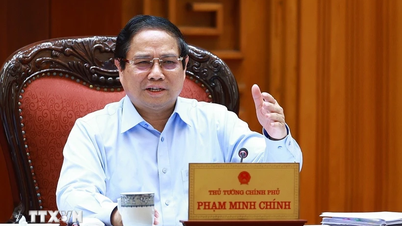



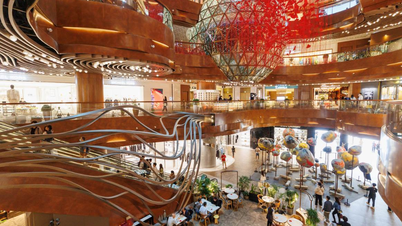




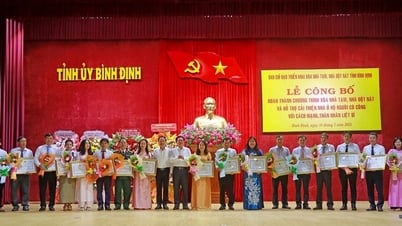

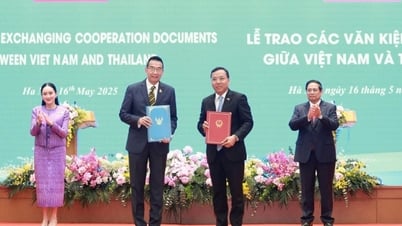
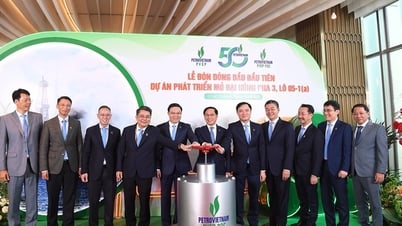
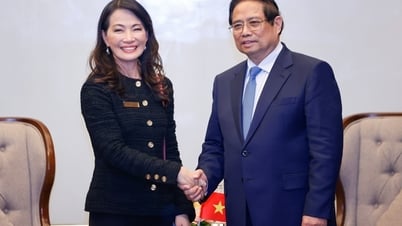
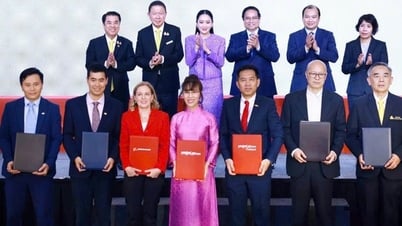
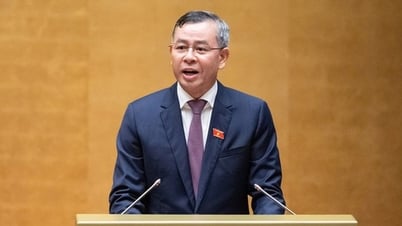





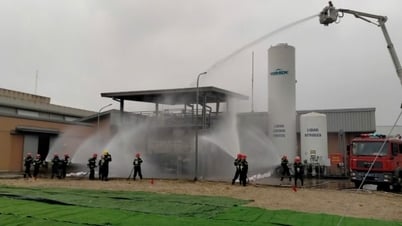
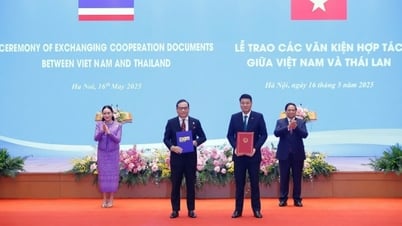
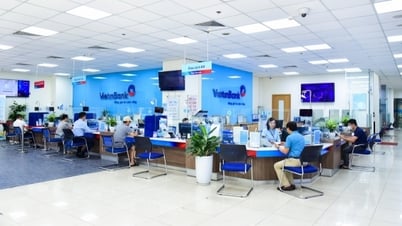
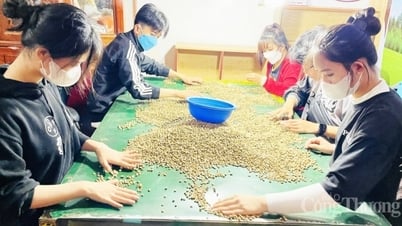

![[Photo] President Luong Cuong receives Prime Minister of the Kingdom of Thailand Paetongtarn Shinawatra](https://vphoto.vietnam.vn/thumb/1200x675/vietnam/resource/IMAGE/2025/5/16/52c73b27198a4e12bd6a903d1c218846)












































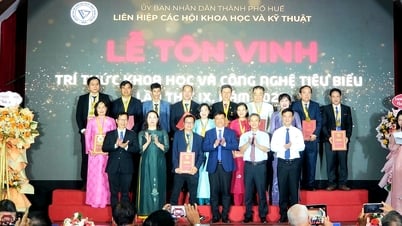

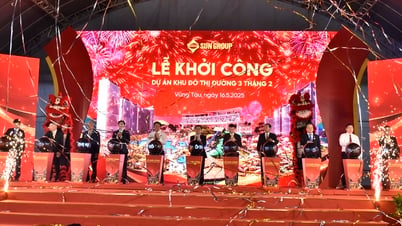

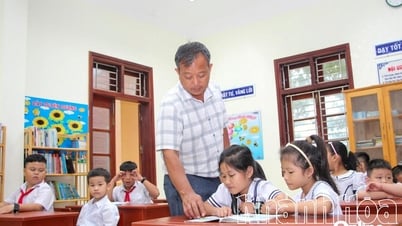

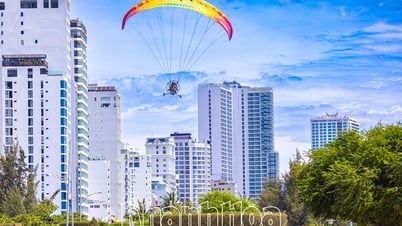











Comment (0)